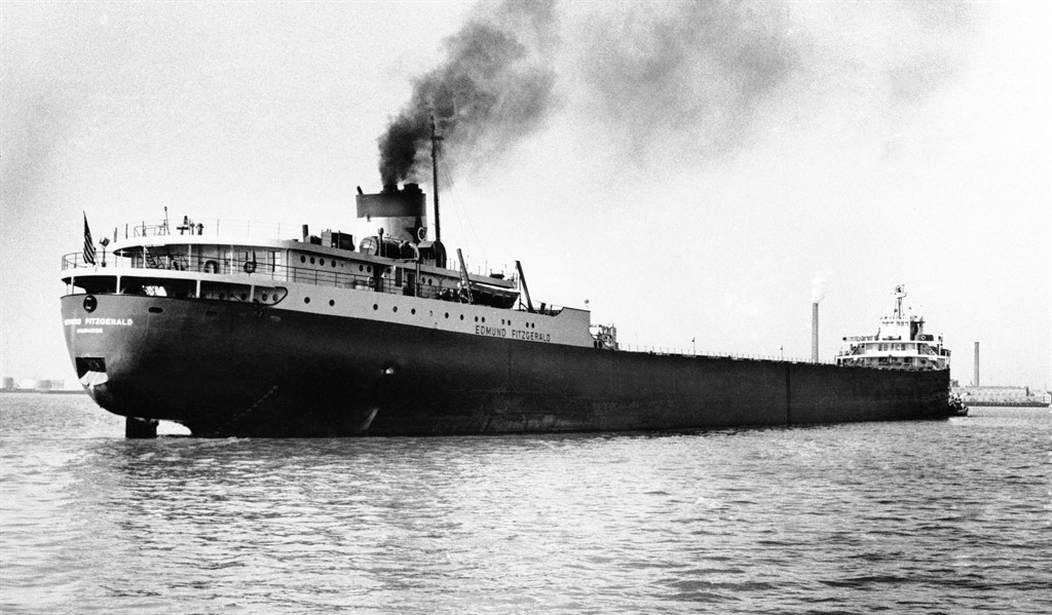The Great Lakes are the inland seas of America. They contain about 20% of all the world's freshwater and are spread over 94,000 square miles holding an estimated six quadrillion gallons.
But to most Americans who live around or near one of the Great Lakes, none of that matters. Lakes Huron, Michigan, Superior, Erie, and Ontario have been a source of legend and mystery and have been a playground for adults and children for more than 150 years.
The Lakes have served as watery highways throughout American history. In the 18th century, they were used as invasion routes by the British. Then, in the 19th and 20th centuries, the Great Lake freighters made the Industrial Revolution possible bringing coal, and iron ore from the upper Midwest mines in Michigan and Minnesota to the blast furnaces of Ohio, Illinois, Indiana, and Pennsylvania.
And wherever there are ships, there are shipwrecks. "According to the Great Lakes Shipwreck Museum, the lakes have caused the sinking of around 6,000 ships and the death of 30,000 people."
The SS Henry B. Smith went down during a storm in 1913 near Marquette Michigan with the loss of all 25 crew. More than 300 died when the Lady Elgin went down after being rammed by the schooner Augusta of Oswego.
But perhaps because it happened within many of our lifetimes and the fact that folk singer Gordon Lightfoot immortalized the shipwreck in one of the most haunting elegies ever put to music, "The Wreck of the Edmund Fitzgerald" stirs the most passion and emotion up and down the Great Lakes.
Lightfoot wrote the song less than a year after the ship sank a few miles from Whitefish Bay in Michigan's upper peninsula on November 10, 1975. The words and music still stir the souls of us today.
The 729-foot ship weighed 13,632 gross tons and was the largest ship on the Great Lakes until 1971. The ship lies in 530 feet on the bottom of Lake Superior.
On November 10, 1975, the SS Edmund Fitzgerald suddenly sank in Lake Superior during a storm, killing all 29 men aboard and inspiring Canadian folk singer Gordon Lightfoot to write a song about the tragedy, "Wreck 0f The Edmund Fitzgerald." pic.twitter.com/lkpnztDVSR
— Monica 🌊🌻💙🏳️🌈 (@softtail65) November 10, 2023
Lightfoot's lyrics put us in the storm-tossed water with 12-foot waves and a final prayer.
"Does anyone know where the love of God goes when the waves turn the minutes to hours?"
The "musty old hall" in the song, known as the Mariners’ Church of Detroit, has a ceremony every anniversary of Edmund Fitzgerald's sinking where they ring the church bell 29 times "for each man of the Edmund Fitzgerald."
The Detroit Free Press reports that on May 2 of this year, following the death of Gordon Lightfoot at age 84, the church bell chimed 30 times to honor the passing of the ship's troubadour.
Decades ago, in the final verse of his most beloved hit, Gordon Lightfoot depicted a solemn scene at Mariners’ Church of Detroit: “The church bell chimed ’til it rang 29 times / For each man on the Edmund Fitzgerald.”
At 3 p.m. Tuesday, the bell at Mariners’ Church rang out again – now chiming 30 times to honor those perished sailors along with the artist who famously memorialized them in song.
The "Gales of November" are blowing again. Regardless of how well ships are designed and constructed, man's pitiful attempts to protect our creations are useless in the face of the raw power of wind and water found on Lake Superior and the other Great Lakes.










Join the conversation as a VIP Member